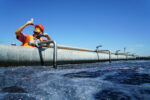Shuqaiq 3:
rising to the challenge
The Shuqaiq 3 desalination plant in Jizan province in south-west Saudi Arabia will be one of the largest reverse osmosis (RO) desalination plants in the world when complete in the fourth quarter of 2021. The project, a public private partnership with Saudi Water Partnership Company (SWPC), falls within the Vision 2030 privatization program.
It contributes to improving the quality of services provided to Saudi cities, ensuring environmental sustainability, promoting the contribution of the private sector to the local economy, and attracting foreign direct investment to the country.
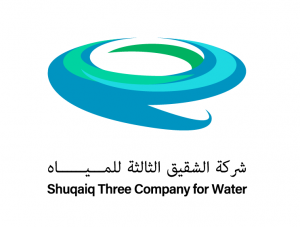 Awarded to a consortium of Almar Water Solutions (through Abdul Latif Jameel Enterprises), Acciona, Marubeni Corporation and Rawafid Alhadarah Holding Co, this US$ 600m infrastructural investment will produce 450,000 cubic meters of water daily, which will guarantee the supply of drinking water to over 1.8 million citizens while also contributing to the overall economic development of the Jizan region.
Awarded to a consortium of Almar Water Solutions (through Abdul Latif Jameel Enterprises), Acciona, Marubeni Corporation and Rawafid Alhadarah Holding Co, this US$ 600m infrastructural investment will produce 450,000 cubic meters of water daily, which will guarantee the supply of drinking water to over 1.8 million citizens while also contributing to the overall economic development of the Jizan region.
Recognized throughout the water industry as one of the most complex and innovative plants of its kind, in September 2019 it was named the “Utilities Project of the Year” at the Middle East Energy Awards 2019, held in Dubai, UAE, cementing its status as one of the flagship new infrastructure projects in the region.
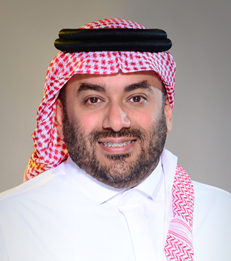
Chief Operating Officer
Shuqaiq 3 Company for Water
Mohammed Al Murci, Chief Operating Officer of Shuqaiq 3 Company for Water – S3CW the SVP set up to manage the development of the project, discusses progress to date and outlines some of the challenges that have been successfully overcome.
How is the project progressing so far?
The progress of the project has been very positive, despite the challenging global situation.
So far, construction is around 80% complete. We have confirmed delays of 22 days, but I’m confident we can recoup that over the next few weeks and meet our planned delivery date. Most of the civils work is completed. The mechanical work is almost complete. Dry commissioning has started, and wet commissioning will shortly begin. We have also started mobilizing the operations and maintenance team.
We have had many interfaces to manage, due to our location. There are two other water plants on either side of us: Shuqaiq 1 and Shuqaiq 2.
We are on the coast of Al Shuqaiq so we interface with the Environmental Regulator GAMEP, also the coast guard, industrial security, local municipality & others. A lot of relationships to manage, but so far everything has gone well.
Why is the Shuqaiq location such a good one for water desalination plants?
From a location perspective, it’s a strategic site because it’s between Jizan and Asir provinces, and both of which in addition to Najran are considered to be the prime southern region of Saudi Arabia. It has good access to the sea, of course, and to Abha, which is the capital city of Asir province.
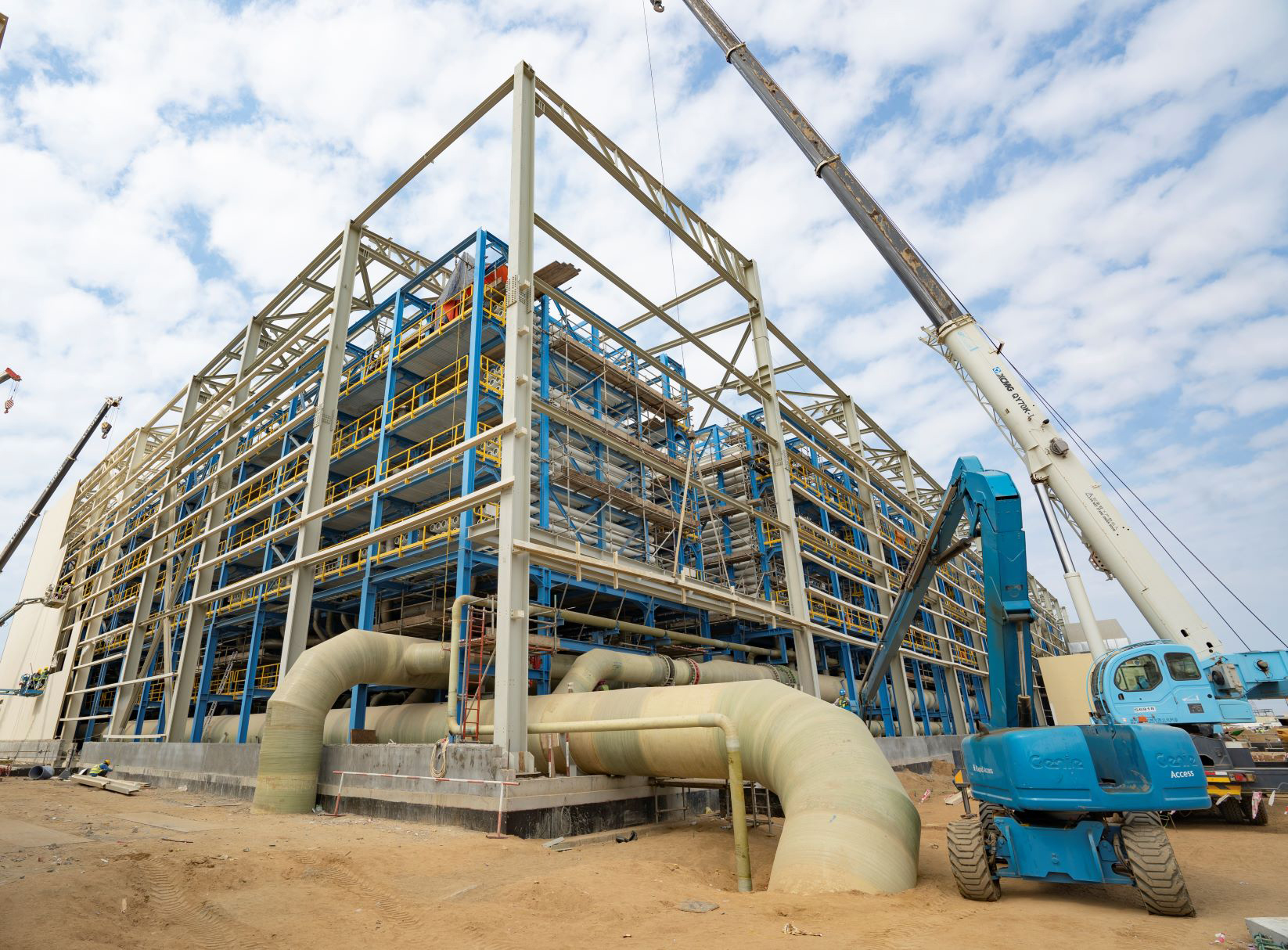
There are existing water plants to the north and the south. Is this a help or a hindrance?
There are pros and cons. It is an advantage in that they already have strong experience in this area. They know the water situation, the seasons, the treatment process, and we can learn from that experience. It is also helpful that there is already a pool of trained, experienced labor in the locality that we can tap into. For the cons, because the facilities are next to each other, we need to be very careful with every move we make that we do not inadvertently impact the other plants in some way.
How many people will Shuqaiq 3 employ?
There are two companies – the project management company and the operations and maintenance company. Together they will employ around 70 – 75 people. We are working towards starting operations with 70% – 80% of this workforce being recruited from the local community.
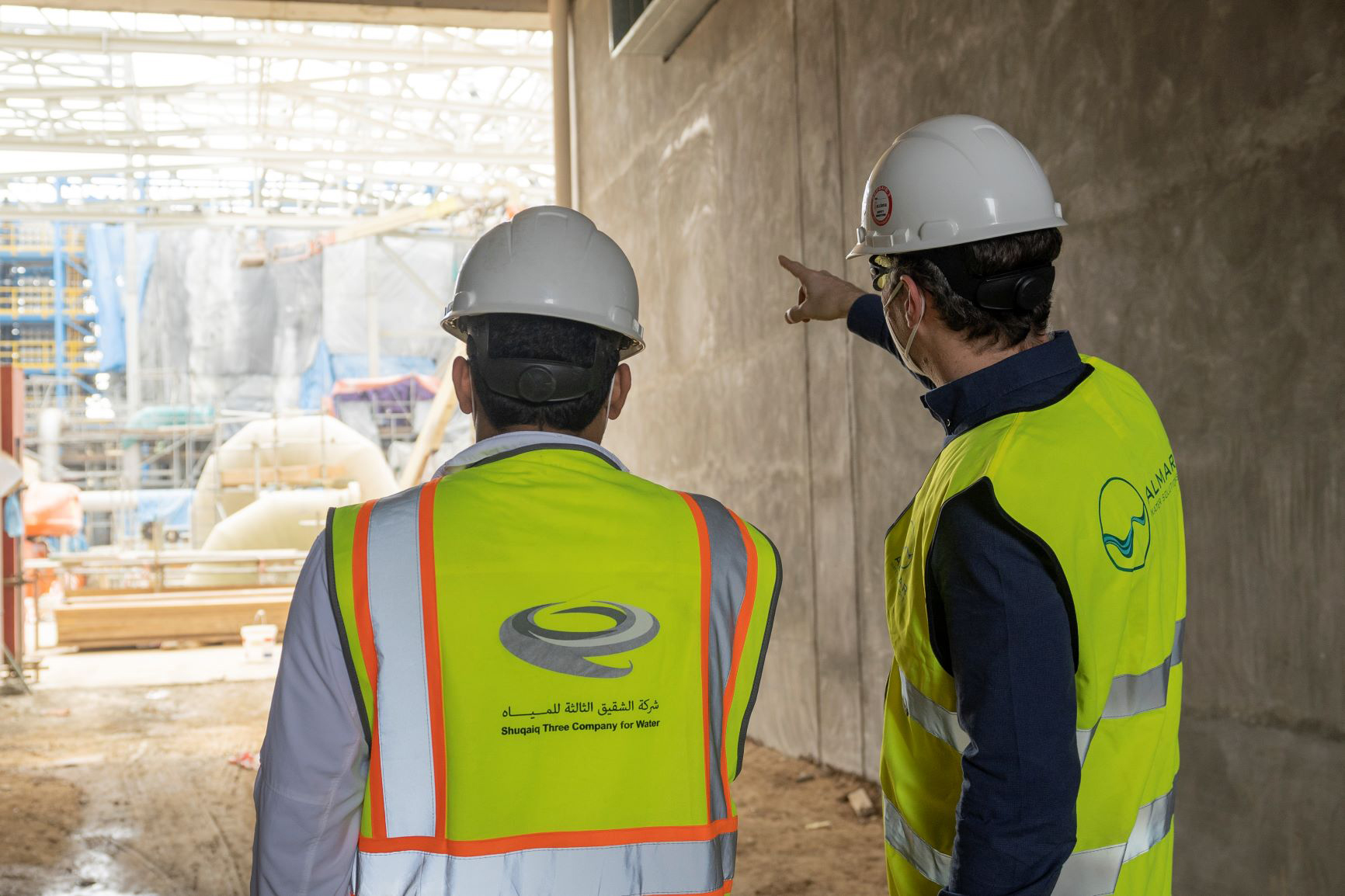
What have been the biggest challenges in keeping the project on track?
It would have been challenging to build this project at any time, given its relatively remote location and the relative situation in the area. With the coronavirus pandemic, the challenges were hugely amplified. Travel restrictions had a massive impact on logistics. The contractors reported that they could not get the materials; could not bring some people in at the right time. There were restrictions on working. It was very difficult at times. But we persevered and we got there in the end. Just recently we energized the sub-station, so now we are connected to the grid – our plug is in the socket – which was a cause for celebration.
Safety is vital on a project like this. Have you achieved the safety targets you were aiming for?
I’m delighted to confirm that we have reached over 8 million hours on site without any lost-time injuries.
For me personally, safety is a priority. This is something on which everyone involved in this project agrees: Safety always comes first. Not the business. Not the schedule. Not the profits – safety. We have worked very hard from the outset to embed this into every aspect of our culture.
At the peak, we had around 2,700 workers on site, 40 to 50 cranes, hundreds of meters of scaffolding, scores of vehicles, 15 or 16 contractors and sub-contractors from many different cultures. There was a lot of potential for accidents, but thanks to the vigilance and hard work of everyone involved, especially the EPC (engineering, procurement and construction) contractor, we have had no major incidents so far. And long may it continue.
What is the target launch date for the project – and will you hit it?
My immediate focus is on achieving the mechanical completion date, which we should do. After that, the key deadline is the commercial operation date on October 28, 2021. I’m confident we will be able to achieve it.
When you look back at the project so far, what are your highlights?
One of the most challenging – and therefore satisfying – aspects for me personally was managing the expectations of our off taker and gain their trust. Also, managing expectations and priorities of the different shareholders. On my Board are shareholders from Saudi Arabia, Spain, Japan… all have different languages, cultural contexts, and ways of working. These shareholders themselves all face demands from their own stakeholders. My priority was on making sure that, despite these differences, we all stayed focused on our shared goal – completing the project on time, on budget and with the desired quality. And now the end is in sight, I’m delighted that we will achieve it.
A second highlight was the successful partnership we built with the EPC contractor. The EPC contractor was also on the Board, as well as being responsible for the EPC. That can be a tricky balance to manage. On the one hand, they are partners on the Board and are party to all the information related to the project; on the other, they are contractor that I need to manage in order to deliver the project. Maintaining that balance was challenging at times, but again, I’m very proud that we, as a team, were able to do it.
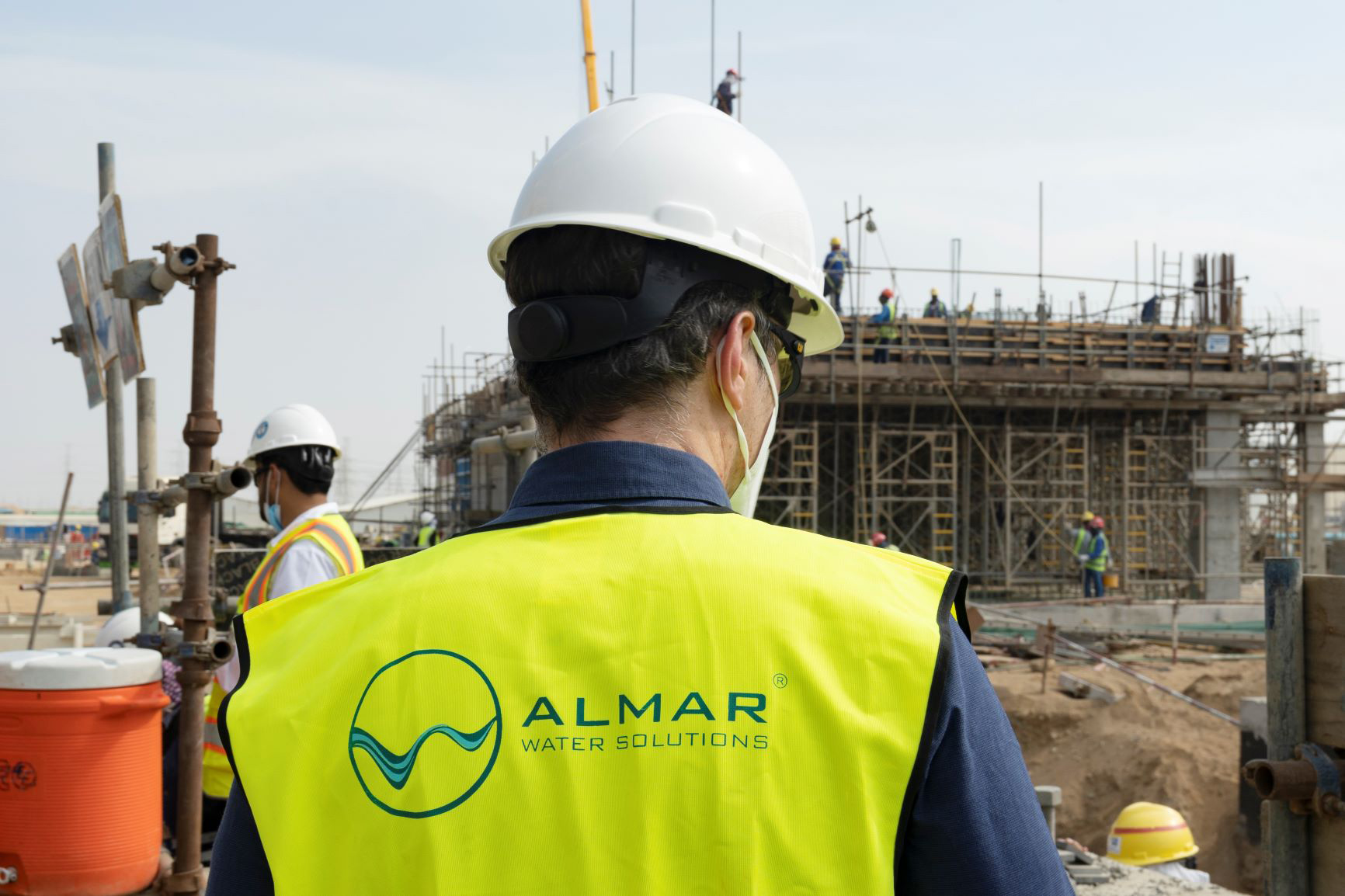





 1x
1x

 Added to press kit
Added to press kit

